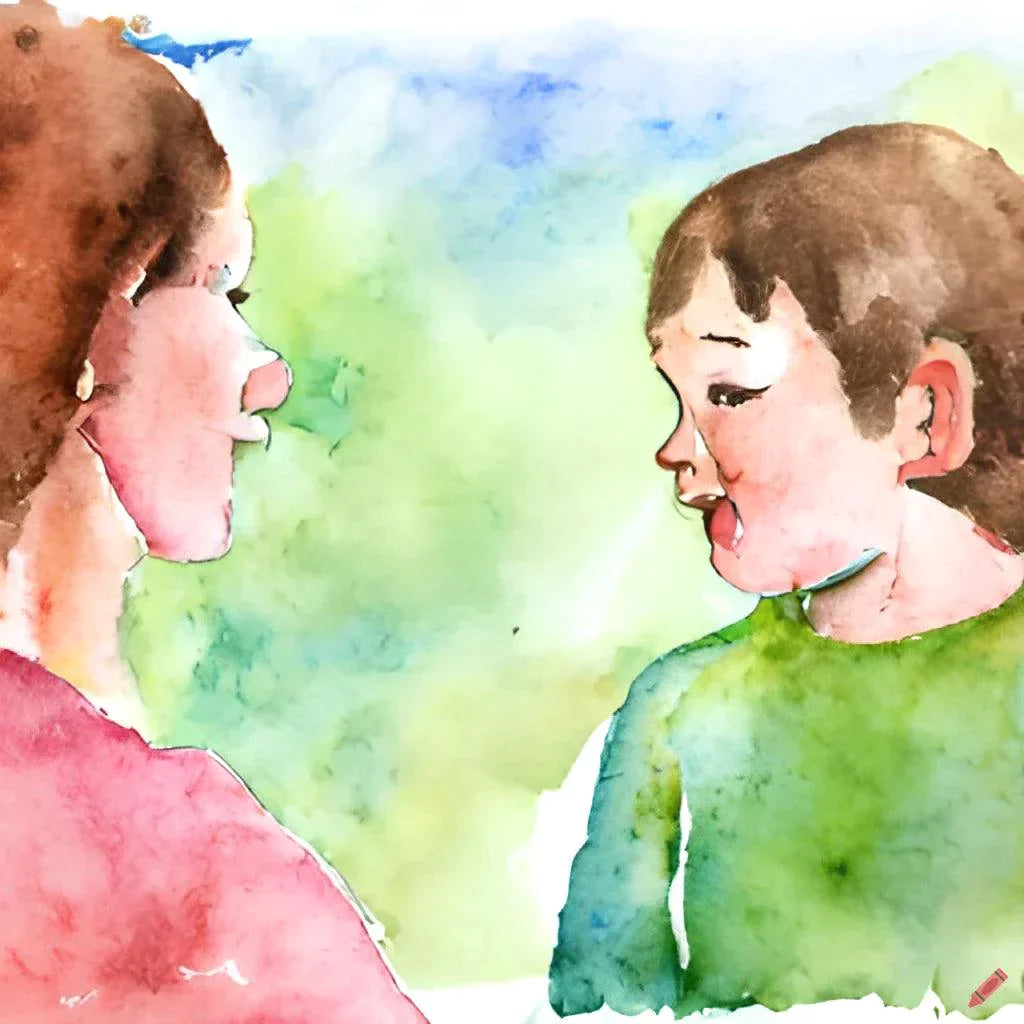As parents, one of our top priorities is to keep our children safe. While it is impossible to shield our children from all the dangers of the world, we can equip them with the knowledge and tools they need to stay safe. One of the most effective ways to do this is by teaching our children about personal safety. In this article, we will discuss some strategies for talking to kids about personal safety.
Why is teaching children about personal safety important?
Before we delve into the strategies for teaching personal safety, it is important to understand why it is so crucial. Children are naturally curious and trusting, and they may not be able to recognize danger or understand the consequences of their actions. By teaching them about personal safety, we can help them develop critical thinking skills, learn to identify potentially dangerous situations, and know what to do if they find themselves in danger.
Strategies for Talking to Kids about Personal Safety
1. Start early
It is never too early to start talking to your child about personal safety. Young children may not understand the nuances of danger, but they can still learn basic safety rules. For example, you can teach them to always hold your hand when crossing the street, never to open the door for strangers, and always to wear a helmet when riding a bike.
2. Keep it simple
When talking to young children, it is important to keep the message simple and age-appropriate. Use language they can understand, and avoid scary or graphic details. Focus on teaching basic safety rules and gradually build upon them as your child gets older.
3. Encourage questions
Encourage your child to ask questions and express their concerns. This will help them feel comfortable talking to you about any potential safety issues they may encounter.
4. Use role-play
Role-playing is a great way to teach children how to handle different situations. For example, you can act out scenarios such as what to do if a stranger approaches them or how to react if they get lost in a public place.
5. Emphasize the importance of trust
Teach your child the importance of trusting their instincts. If something doesn't feel right, it probably isn't. Encourage them to talk to a trusted adult if they feel uncomfortable or scared.
6. Discuss online safety
In today's digital age, it is crucial to discuss online safety with your children. Teach them about the dangers of sharing personal information online, and the importance of never meeting someone they met online without a trusted adult present.
7. Be a good role model
Finally, remember that children learn by example. Be a good role model by following safety rules yourself, such as wearing a seatbelt, locking doors and windows, and being aware of your surroundings.
Conclusion
Teaching children about personal safety is an ongoing process that requires patience, understanding, and communication. By starting early, keeping it simple, encouraging questions, using role-play, emphasizing trust, discussing online safety, and being a good role model, you can help your child develop the skills they need to stay safe.
FAQs
- Role-playing safety scenarios with your child so they can practice responding to potentially dangerous situations
- Using books and videos to introduce safety concepts in a non-threatening way
- Pointing out safety features in your community, such as crosswalks and emergency phones, and explaining how they work
- Encouraging your child to speak up if they feel uncomfortable or unsafe in a situation
Stay calm and reassure your child that they did the right thing by telling you. Listen to your child's account of the incident without interrupting or criticizing them. Contact the police if necessary, and use the experience as an opportunity to reinforce safety rules with your child.










